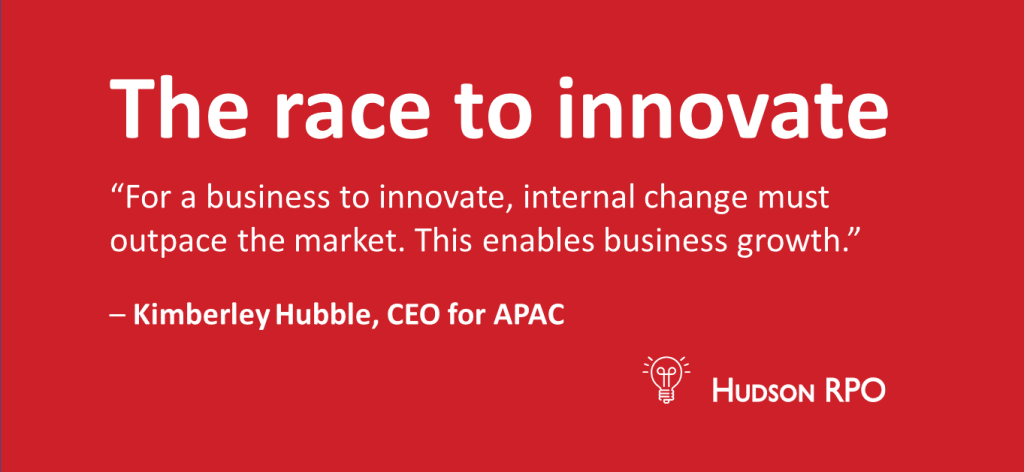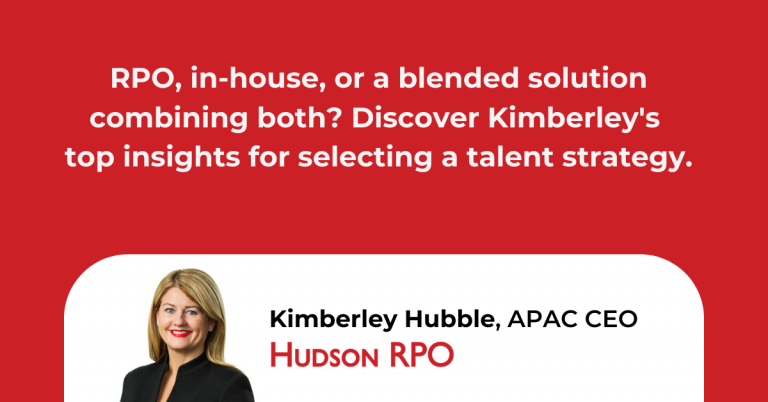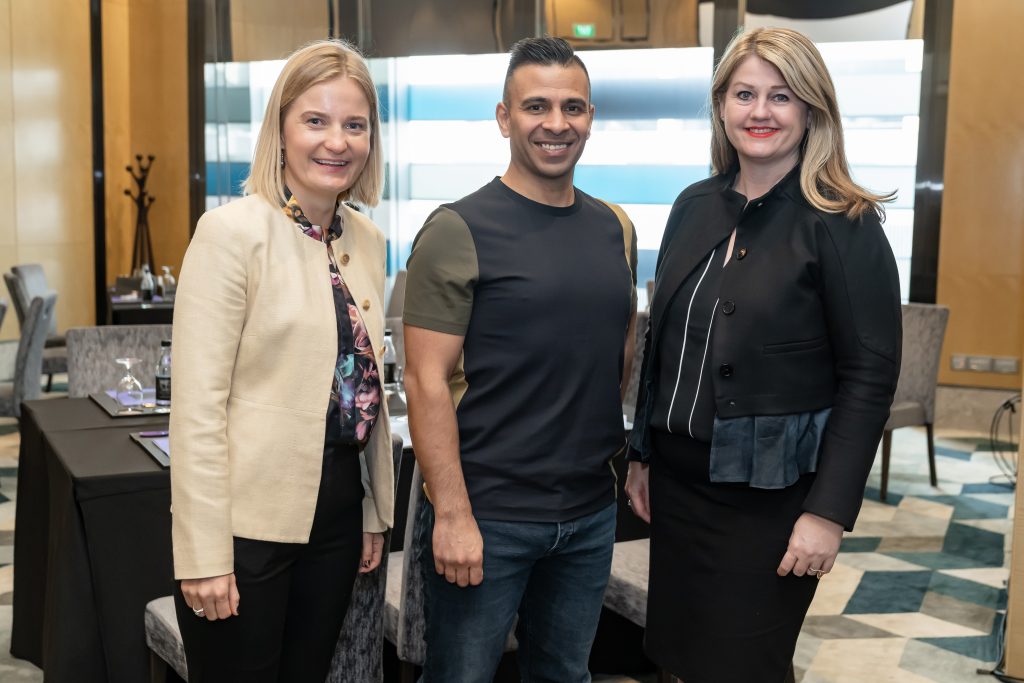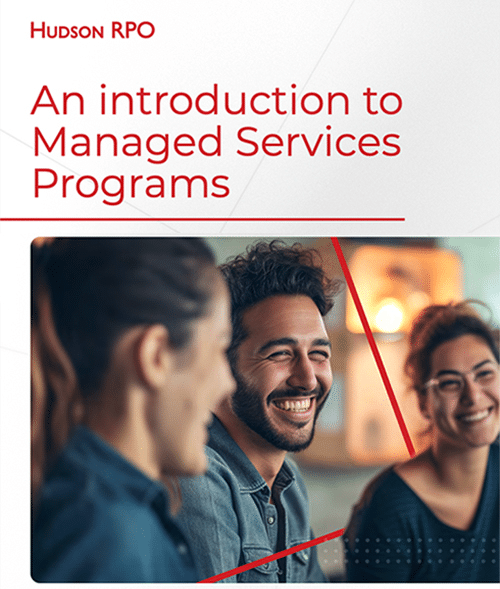- Blogs & Articles
For a business to innovate, internal change must outpace the market
For a business to innovate, internal change must outpace the market.
This advice comes from Kimberley Hubble, CEO for APAC. Kimberley recently spoke with TALiNT International for their cover feature on organizational innovation.
Alongside other Hudson RPO leaders, Kimberley addressed what businesses should consider when developing a culture of innovation

To continue driving that conversation forward, we asked Kimberley for more of her insights, which she has gained from more than 25 years of experience in the talent sector.
During that time, she has helped clients transform their recruitment models and served in a range of leadership roles.
Read her views on developing an innovation mindset below.
What does a company need to do to be innovative?
In order to grow and stay relevant, companies must regularly review their products and services, as well as how they are building and delivering them. The company’s internal rate of change must be faster than the external rate of change occurring in the business environment.
To be truly innovative, a company needs:
- A CEO and leadership team who understand the importance of innovation and are committed to executing changes that deliver true business value.
- A customer-centric attitude. Innovation must be grounded in what will deliver superior products, services or customer experiences.
- A clear business strategy detailing the core challenges facing the organisation, the key strategic goals (including innovation goals), the specific actions that need to happen, and KPIs to track and measure progress.
- The right people and culture, including skills sets and reward systems.
- Access to external research/input. It’s hard to innovate if you don’t know what is happening externally.
What are the advantages of adopting innovations?
- Business preservation and continuity
- Business growth
- Improved market share
- Beating competitors
- Top talent attraction, retention, and engagement
- Customer retention and client satisfaction
What challenges can crop up when innovating?
- Not truly understanding the company’s core challenges so that the innovation is not truly addressing the “big ticket” items.
- Not taking the time to truly understand how the challenges can be addressed.
- Introducing the right innovations but not implementing them well in the business, either because of a lack of investment, research, people, skills, training, or simply not explaining why change is needed.
Can innovation ever be overrated?
It can be if not done well. Some leaders make huge investments on one or two ideas when they may be better off initially making a few smaller investments. The trial and learn culture equips your team to move fast, fail fast, learn fast and win fast.
What is more important than innovation?
People. Without people, there is no innovation.


Hudson RPO
Content Team
The Hudson RPO Content Team is made up of experts within the Talent Acquisition industry across the Americas, EMEA and APAC regions. They provide educational and critical business insights in the form of research reports, articles, news, videos, podcasts, and more. The team ensures high-quality content that helps all readers make talent decisions with confidence.
Sign up to receive the latest recruitment insights and Hudson RPO news.












